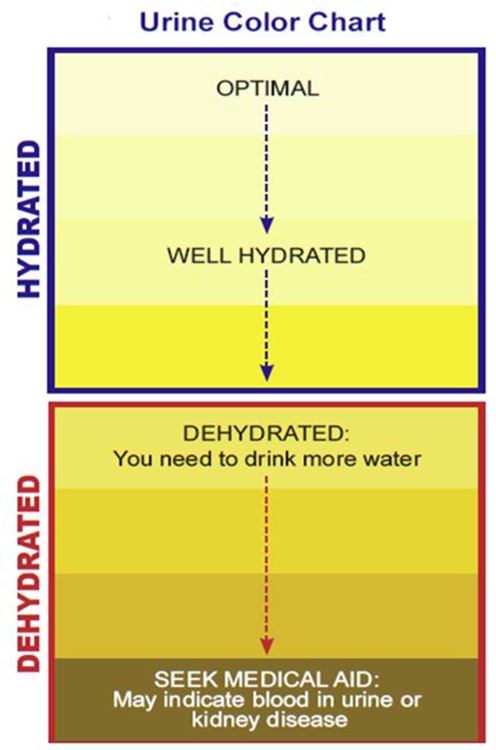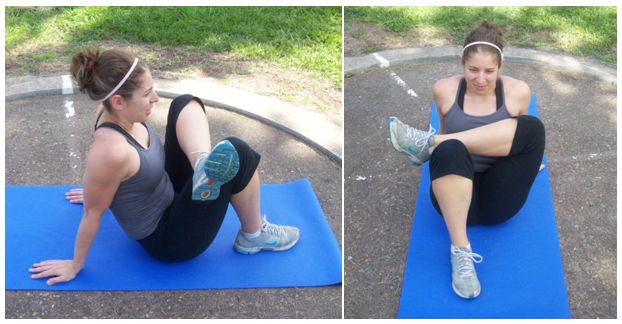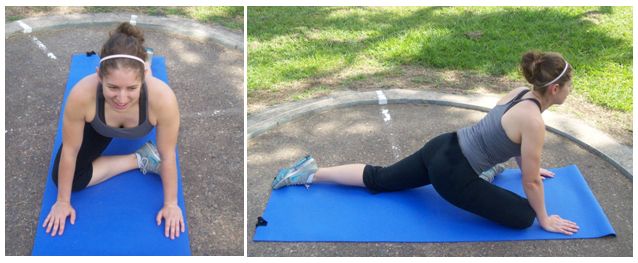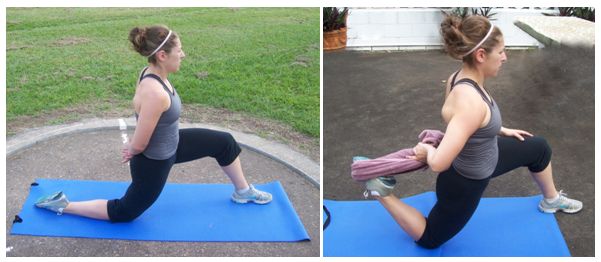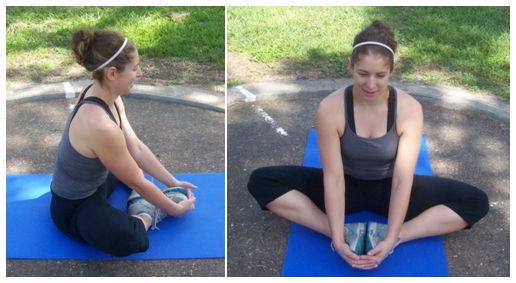Welcome to the inaugural post in my Food Fridays series. This series is intended to be a source for useful info about food – from individual nutrients, through to great healthy recipes. Check back every Friday for something new! Now, without further ado… 🙂
As an exercise coach and personal trainer, I know the importance of being hydrated. As a normal everyday person with a crazy schedule, I know how challenging it can be to remember something as simple as drinking enough water. Yowza. I feel like that should be such an easy thing, but it isn’t. So how can we help ourselves?
In my earlier post on hydration, I mentioned that not all of our fluid intake needs to come from drinking fluids. In fact, approximately 22% of fluid intake in the average American diet comes from foods, according to the National Institutes of Health. In addition, the body’s fluid absorption is improved with food digestion – so it seems these high-fluid foods should help do the trick!
Here are 15 foods that have a water content of 90% or more, plus some of the other benefits:
- Cucumber, 96%: Cool as a cucumber, one cup of cucumber slices will give you 21% of your recommended daily allowance (RDA) of vitamin K, which plays an essential role in blood clotting, cardiovascular health, and bone health, among others. You’ll also benefit from high levels of vitamin C, if you leave the skin on, and several of the B vitamins – just the thing to give you an energy boost.
- Lettuce & leafy greens, 92-96%: Different types of lettuce and other leafy greens like spinach or chard have different water contents, but they are all high. Along with a high water content, you’ll also be chowing down on mega doses of vitamins A, C, K, B9 (folate), as well as many minerals including potassium, manganese, magnesium, and calcium.
- Celery, 95%: Everyone’s favorite diet food, right? Celery will give you another boost of vitamins A and K, folate, potassium, and manganese. A stalk and a half will also give you about 6% of your RDA of dietary fiber, and celery has a high level of anti-inflammatory compounds. It’s pretty safe to say that you will not burn more calories eating it than are in it though – sorry.
- Radish, 95%: As well as the zing of flavor, radishes are high in vitamin C, which is important for your immune system. A half of a cup of radish slices will give you 15% of your RDA of vitamin C, and is packed with B vitamins. It’ll give you and your salad a bit of a boost.
- Squash, 95%: 100g, or about a cup of summer squash (think zucchini,yellow squash, pattypans, and the like), has more than 30% RDA of vitamin C and 10% RDA of vitamin B6. In case you were wondering, B6 is needed for over 100 cellular-level reactions related to your metabolism. Added bonus – the same amount has approximately 3% of your RDA of protein.The bright colored skins of summer squashes are rich in antioxidants.
- Tomato, 94%: High in vitamins A, C, and K, copper, and potassium, a medium tomato will also give you 2% of your RDA of protein. It’s also high in antioxidants, especially lycopene, and consumption has been linked to improved heart health markers like lower cholesterol.
- Cabbage, 93%: Your cup of shredded cabbage contains more than 40% of your recommended daily allowance (RDA) of vitamin C, more than 60% of your RDA of vitamin K, and is very high in dietary fiber (7% of your RDA). Studies have also shown that cabbage is rich in cancer-preventing compounds.
There we go – the first half of the fabulous 15. One of the great things about this time of year is that so many of these are in season right now. Make the most of it and check back next week for the rest of the list!
